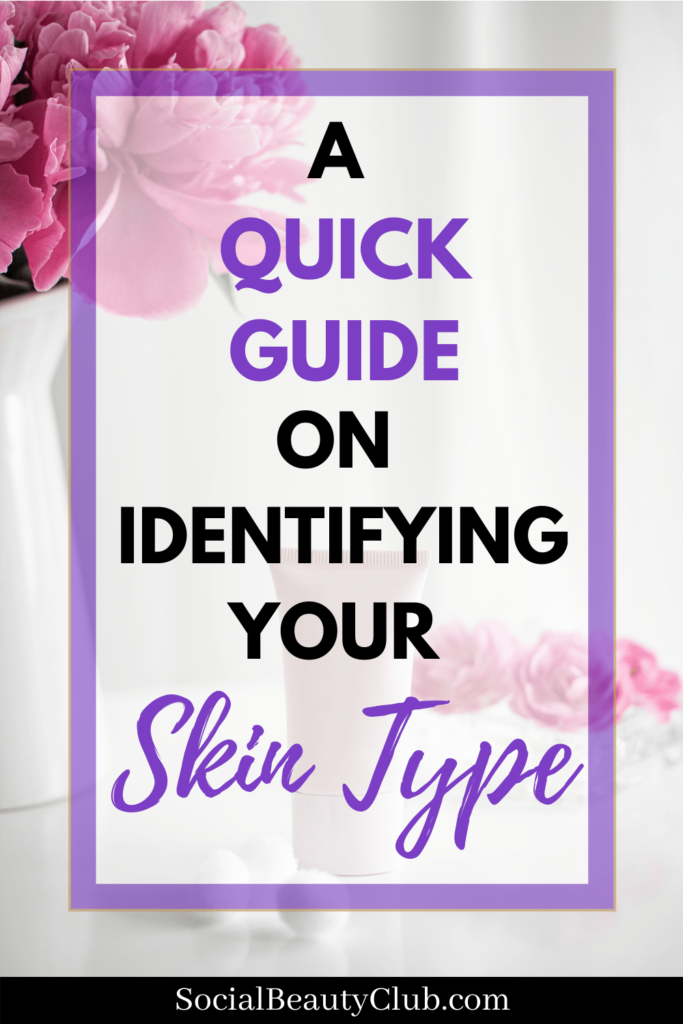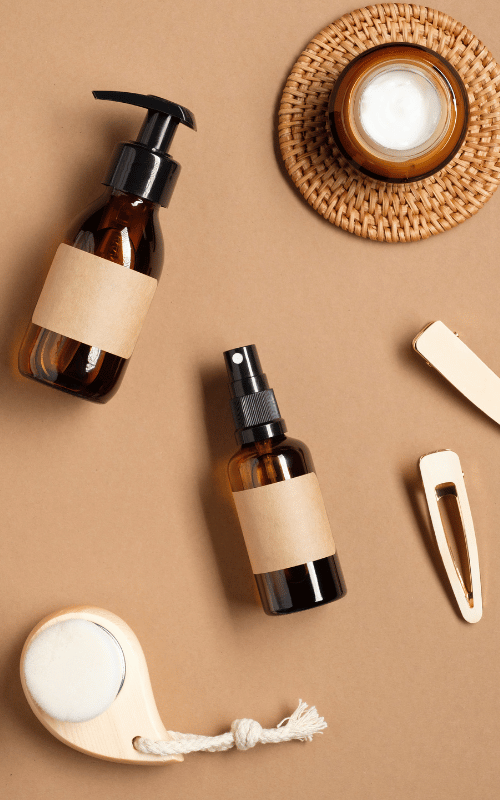A Quick Guide On Identifying Your Skin Type
Don’t be surprised, but you can save money by knowing your skin type.
Skin Care | March 21, 2021

Aren’t you a little tired of buying skincare products that are not solving any of your problems? Unconsciously, you decide to buy a new product because everyone is raving about it. In your mind, this product could be the one because you see that others have received positive results from using the product. You begin to believe that maybe you could be one of those people. As you use the product, you realize you were not.
From there, the vicious cycle of buying useless products begins. So, why are you shopping for your skincare products like this? If you want to pick out the perfect face wash, moisturizer, or any other product, take a step back and analyze your skin. It is time for you to identify your skin type!
Take the time to see how your skin looks without any facial cleansers or products, from when you wake up to when you go to bed. Feel your face and see if it feels dry, oily, or regular/normal. Think about your skin issues and the past products you used. Look at the ingredients on those products. Try to find out which of those ingredients are good or bad. Your first goal is to know what your skin type is. When you accomplish that goal, you can figure out what products and ingredients you should or should not use on your face. From there, you will be on your way to achieving ultimate skincare goals.

Normal Skin:
The simplest skin type to take care of because this skin is not too greasy or too dry.
Normal Skin Characteristics
- Fine pores
- Smooth texture
Dry Skin:
Dry skin is when your skin produces less sebum than average. Having a low production of sebum also means your skin lacks lipids. Lipids help the skin retain moisture and build a protective barrier against any harmful external influences.
Note: All skin becomes drier as you age
You may have dry skin if you struggle with keeping your skin moisturized. Your skin feels tight when making facial expressions, and it appears flaky. During the winter, your skin can feel 10x worse, so you need to create a moisturizing winter skincare routine.
With dry skin, there are three levels of dryness dry, very dry, and extremely dry. I will only focus on the first two because extremely dry skin is mostly on specific areas of the body, such as the hands, feet, elbows, and knees.
Dry Skin Characteristics
- Feels rough and tight
- Looks dull
Very Dry Skin Characteristics
- Itchiness
- Looks rough and blotchy
- Flaky patches
- Feels tight

Oily Skin:
You are dealing with an oil production overload. Your skin overproduces its natural oil (sebum), causing it to be more prone to breakouts. The excess amount of oil causes your skin to appear to have a glossy shine.
Oily Skin Characteristics
- Enlarged and visible pores
- Acne-prone
- Looks shiny
Combination Skin:
Combination skin is a mixture of dry, oily, and normal skin types. Most people with combination skin would have an oily T-zone which is the forehead, nose, and chin, and around the eyes or cheeks would be dry.
Combination Skin Characteristics
- Normal to dry cheeks
- An oily t-zone (forehead, chin, and nose)
Sensitive Skin:
There are two different types of sensitive skin. The first one is dealing with any skin conditions such as psoriasis, rosacea, or eczema. The second one is skin that is easily irritated by certain internal and external factors. These factors can be certain skincare products or ingredients. With sensitive skin, the outer layer tends to be thinner causing it to be easily irritated.
Takeaways
Now that you know your skin type, your ability to buy the right product is simple. You want ingredients that will help fix any skincare issues. Overall give your skin the love and care it deserves.



